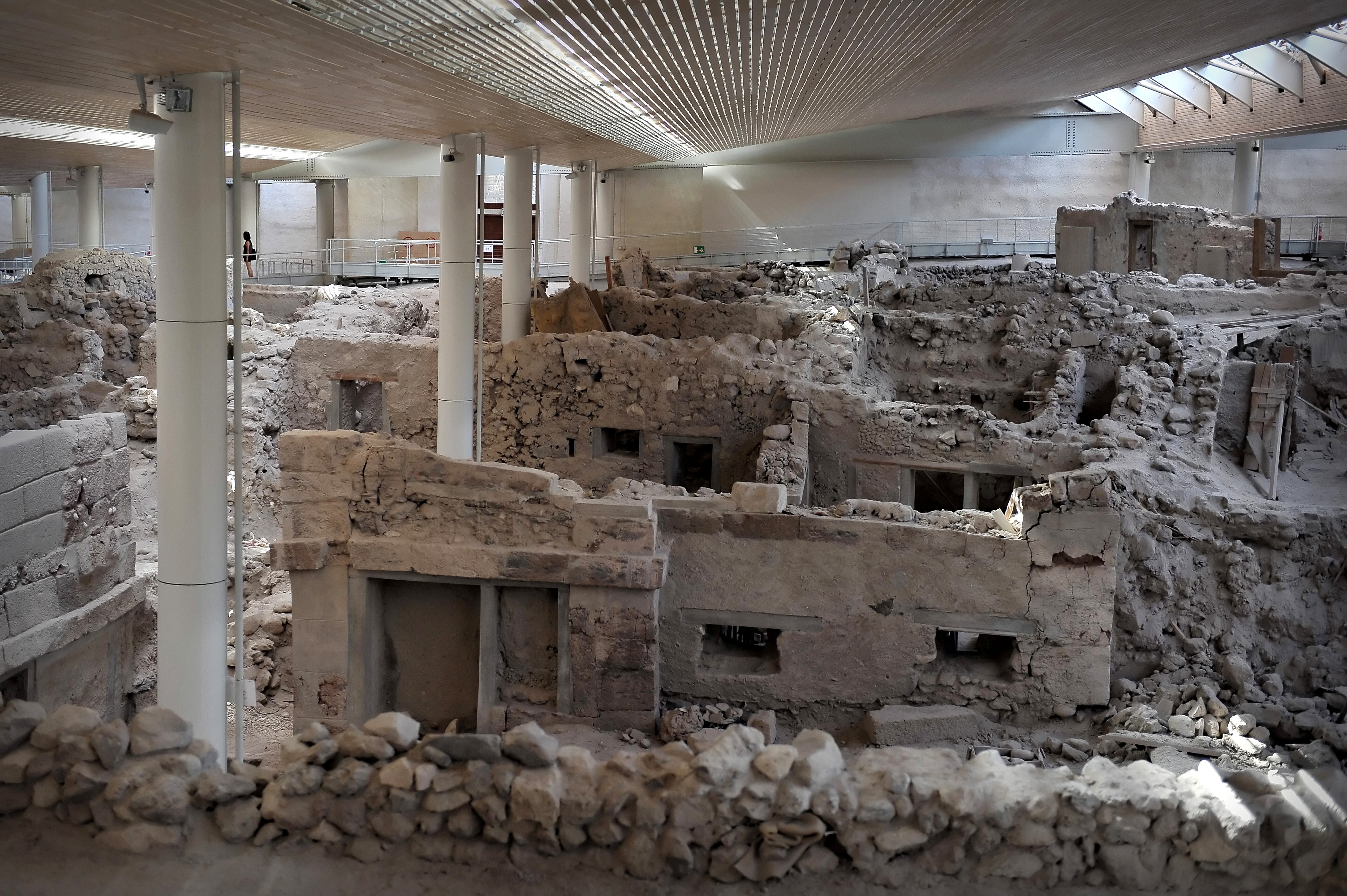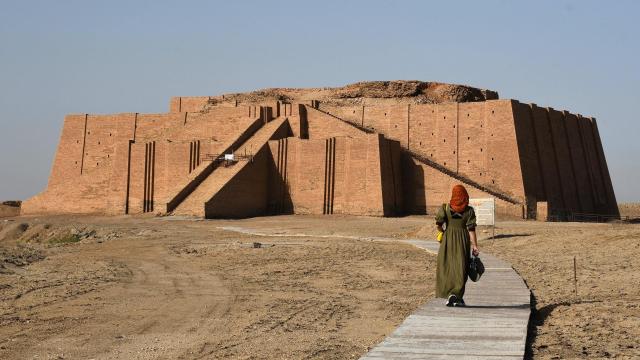Three new scientific papers provide a fascinating and comprehensive analysis of the genomes of 777 humans who lived from the Neolithic period (about 10,000 years ago) to the Ottoman period (around 1700 CE). Altogether, the research adds nuance to the story of human dispersal and connection since the dawn of civilisation.
Ancient DNA for the research came from sources representing a diversity of people across time. Some of the people were elites in their day: One sample came from the tomb of a young, apparently wealthy man who died in Minoan Crete, nicknamed the Griffin Warrior. Another came from the Amesbury Archer, another wealthy man who was buried in Wessex, near Stonehenge, some 4,300 years ago. Twenty-six people entombed in an Armenian Necropolis in the Late Bronze and Early Iron ages were included, while plenty more came from farming populations across West Eurasia.
The analysis — conducted by a vast, interdisciplinary team of over 200 researchers, including geneticists and genomicists, archaeologists, and human evolutionary biologists — has clarified the migrations of some ancient human populations and how groups of people across Eurasia interacted. Their research is published in the journal Science.
“We think this data will be useful in itself, as it describes thoroughly the Big Picture of the Eastern Mediterranean across time. Other researchers can use our data to infer the ancestry of migrants elsewhere,” said Iosif Lazaridis, a geneticist at Harvard University and lead author of the research, in an email to Gizmodo. “The map of migrations of the past, both large and of isolated individuals, is becoming clearer!”
The research comprises three studies. The first study outlines 10,000 years of genomic history in the Southern Arc, a region that can generally be described as westernmost Asia and southeastern Europe. The Southern Arc is important because it’s where some of the earliest farming cultures emerged, as well as early pottery cultures. The region (specifically the Fertile Crescent, which is in the Southern Arc) is often considered the “Cradle of Civilisation.” The best way to refer to the region, though, is debatable.
“The naming of the Southern Arc conjures a map projection that centres on the western tip of Eurasia rather than the Anatolian peninsula — a more intuitive geographic centre of the research area,” wrote Benjamin Arbuckle and Zoe Schwandt, anthropological archaeologists at UNC-Chapel Hill who were unaffiliated with the recent work, in an accompanying Perspectives article. “Moreover, in terms of scale, narratives based on genomes often project a high-altitude view of history, mostly devoid of individuals despite being derived from its most personal components.”
“With this approach, history is made through vague processes of migration and admixture, but the social mechanisms remain uncharted,” Arbuckle and Schwandt added.

A chief finding of the first paper was that ancient speakers of Indo-European languages are linked to the Yamnaya culture, a group of steppe pastoralists that lived north of the Black and Caspian seas. Based on the genetic variation amongst the hundreds of ancient individuals whose DNA the team sequenced, the Yamnaya culture expanded south into the Southern Arc.
“By comparing Anatolian samples with their neighbours, we can see that the steppe influence didn’t reach Anatolia,” Lazaridis said. “We hypothesize that the speakers of Anatolian languages (such as Hittite and Luwian) came from the east and not from the steppe; the steppe was responsible only for Indo-European languages, i.e., the linguistic ancestors of Greek, Armenian, Sanskrit, English etc.”
The second paper introduced the first ancient DNA (aDNA) sequenced from the Pre-Pottery Neolithic culture in Mesopotamia (what is now southeastern Turkey and northern Iraq), Cyprus, and northwestern Iran. The work also identified at least two dispersals of humans from the Fertile Crescent into Anatolia.
“The genetic results lend support to a scenario of a web of pan-regional contacts between early farming communities,” said Ron Pinhasi, a biological anthropologist specializing in ancient DNA at the University of Vienna and a co-author of the work, in a university release. “They also provide new evidence that the Neolithic transition was a complex process that did not occur just in one core region, but across Anatolia and the Near East.”
The third work probed the ancestral connections of individuals from Southern Europe and West Asia; some particular findings were that Greek elites in Mycenae were genetically similar to the general population, and there wasn’t much mixing between people in Eastern Turkey and Southern Armenia (then Urartian) with steppe populations.
“The ancient source populations are very differentiated from one another, and the authors find over the past 10,000 years a reduction of this differentiation as populations carrying these ancestries mixed (‘homogenization’),” said Mohamed Almarri, a geneticist at the Sanger Institute in England who was unaffiliated with the research, in an email to Gizmodo.
“However, this process was not uniform, and to me this one of the main highlights of the papers,” Almarri added. “By comparing the source proportions across time and space in their samples, they find differences in many locations, which raises questions on why did these patterns evolve.”

The third work also found that people in ancient Anatolia remained genetically distinct from other populations through the Byzantine period and represented “the demographic core of much of the Roman Empire,” as the paper put it.
“[The researchers] have produced an astounding dataset, unimaginable in its scale just a decade ago,” Arbuckle and Schwandt wrote. “Moving forward, the growing corpus of ancient genomic data will continue to transform views of human history. This work can be particularly effective if researchers recognise their lack of neutrality and embrace their role in constructing narratives while allowing room for diverse perspectives that shine light onto people and places whose histories are less well known.”
As aDNA sequencing methods improve, scientists will be able to extricate more nuances of human dispersal and intermingling through time. The story of us — where we all came from, and the connected question of who we are — can be spelled out on a base-pair level.
More: Footprints Suggest Humans Migrated Deep Into North America Earlier Than Previously Known
